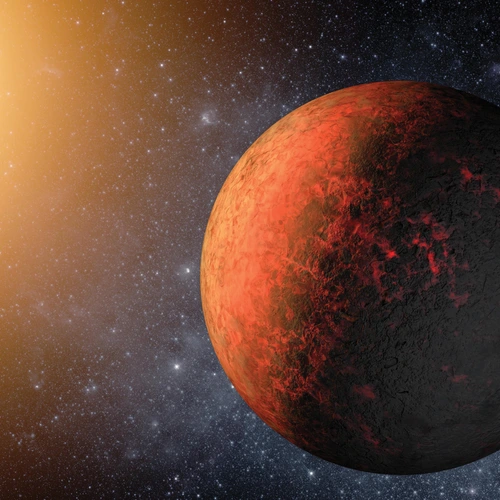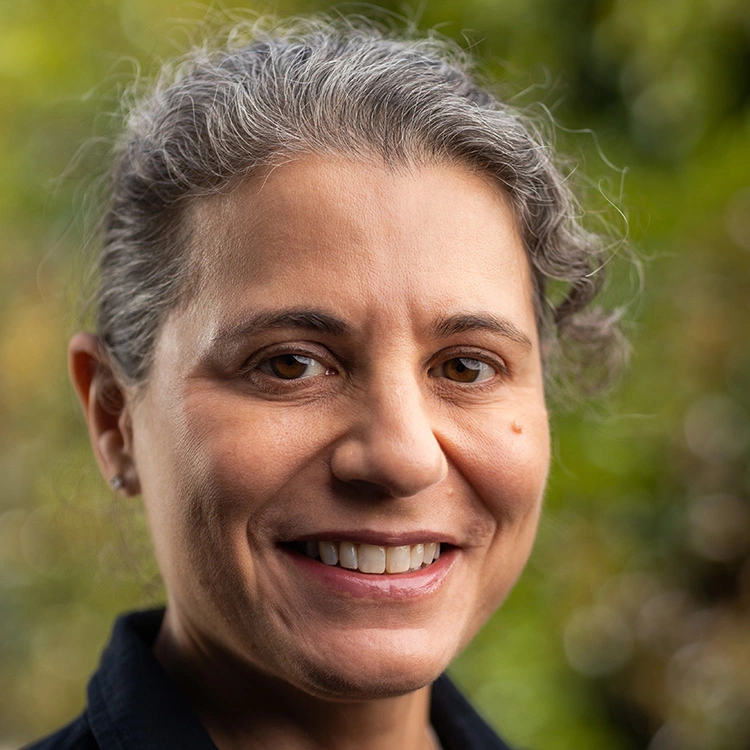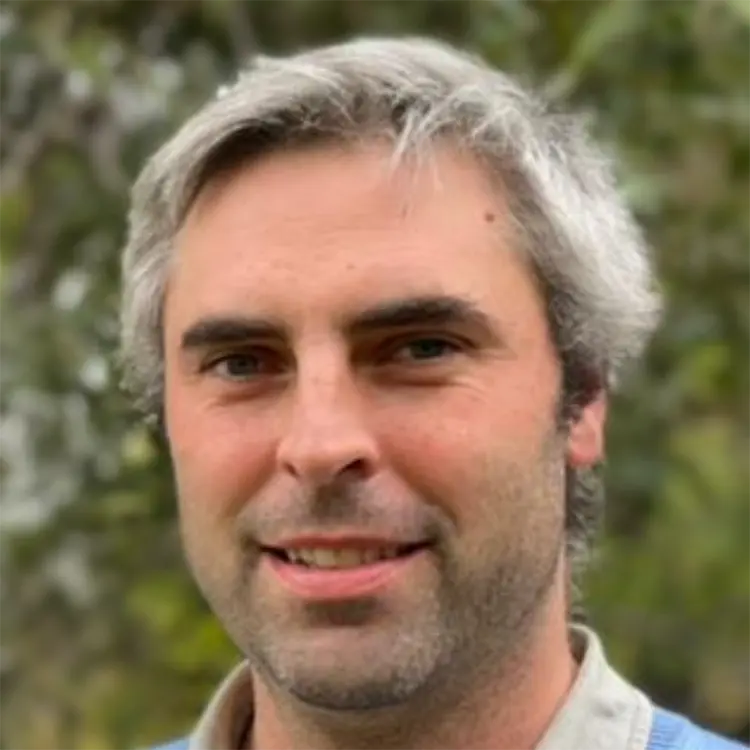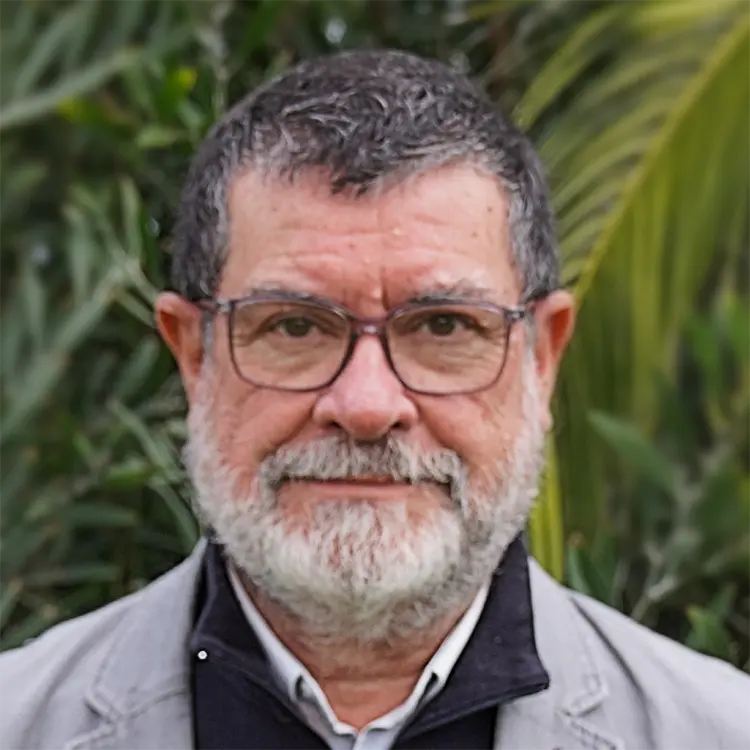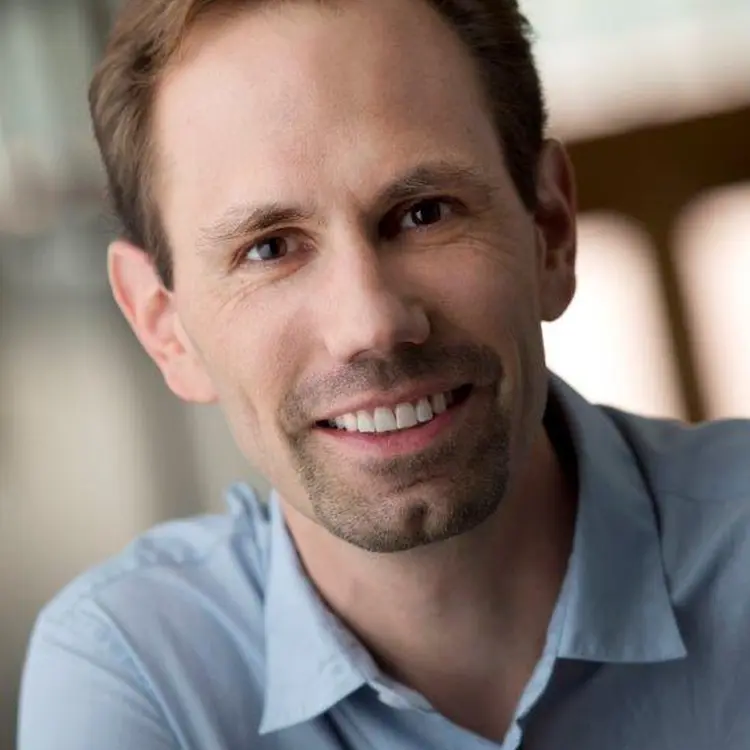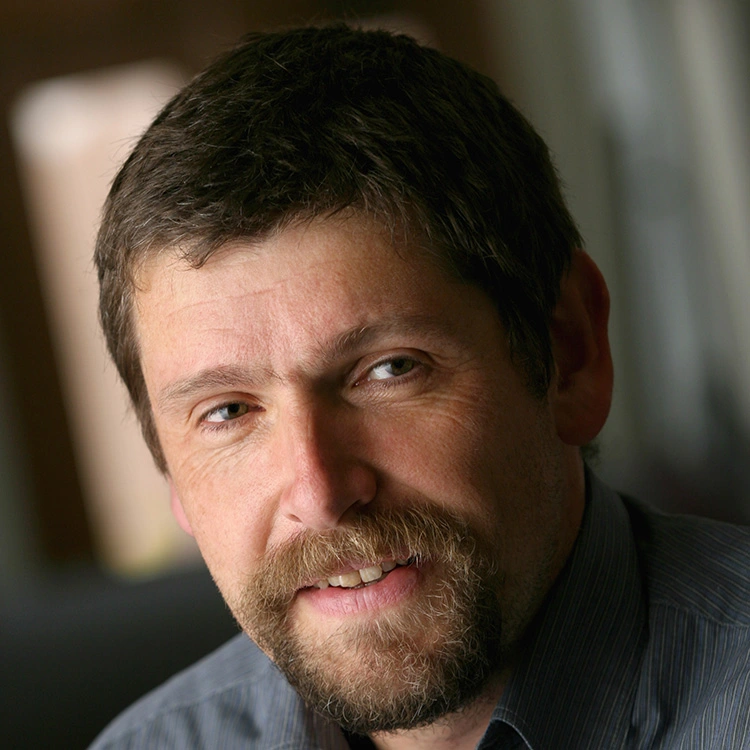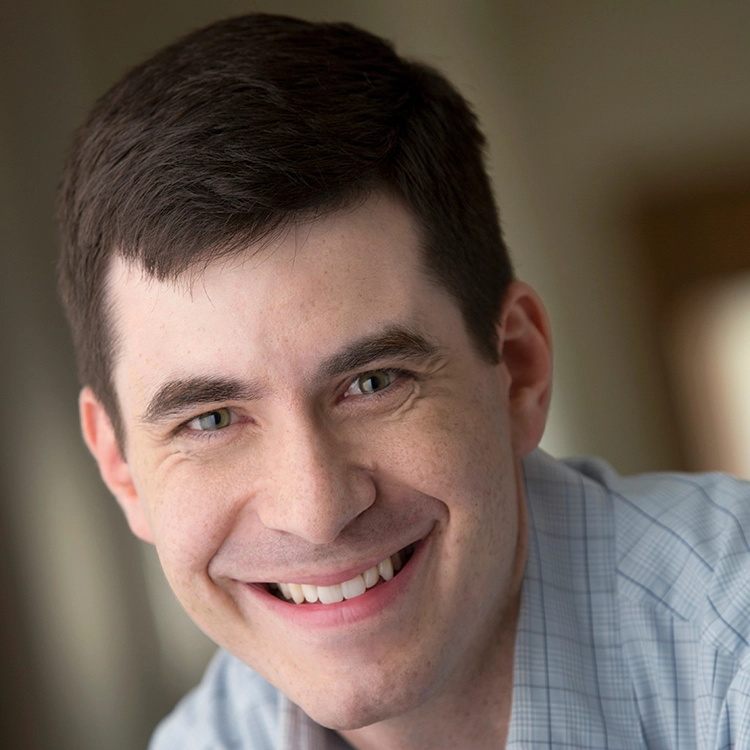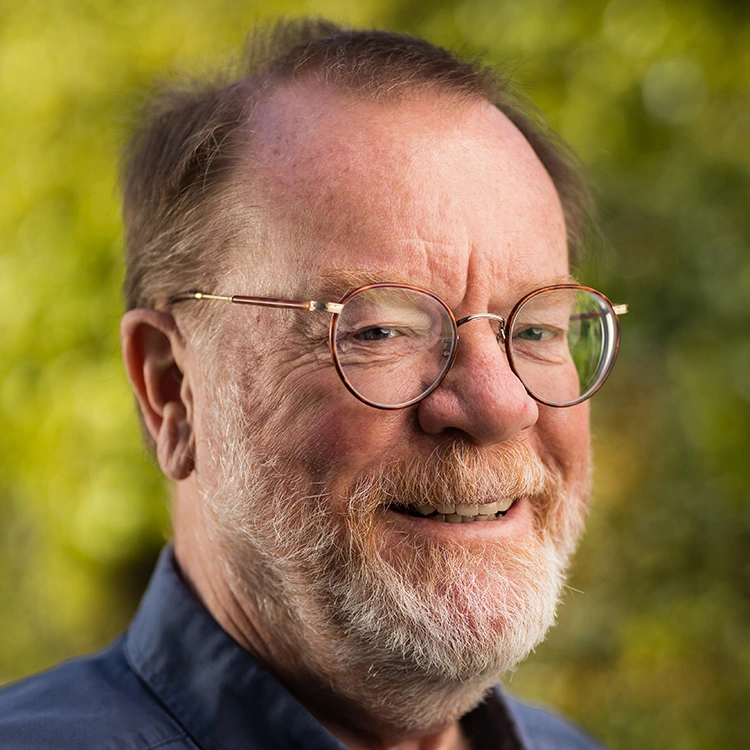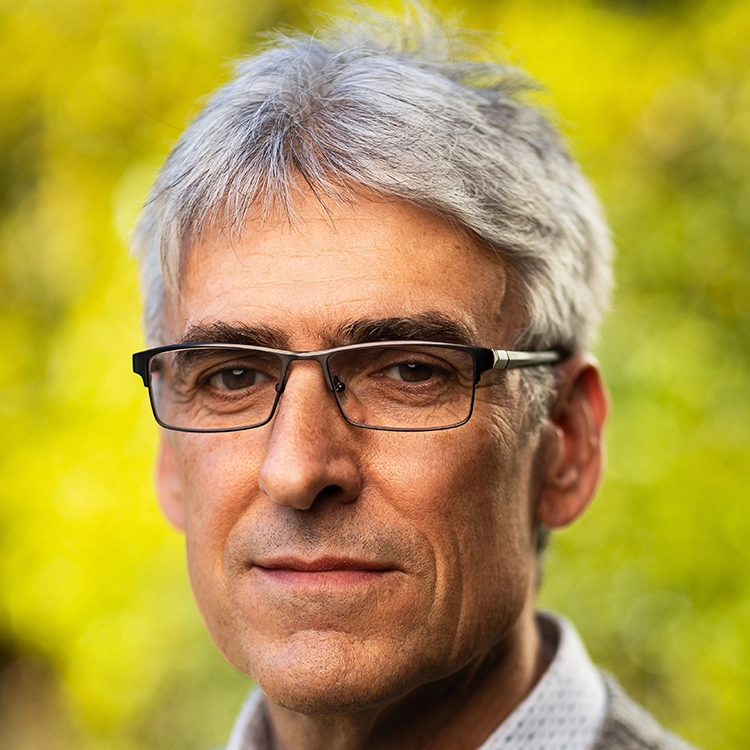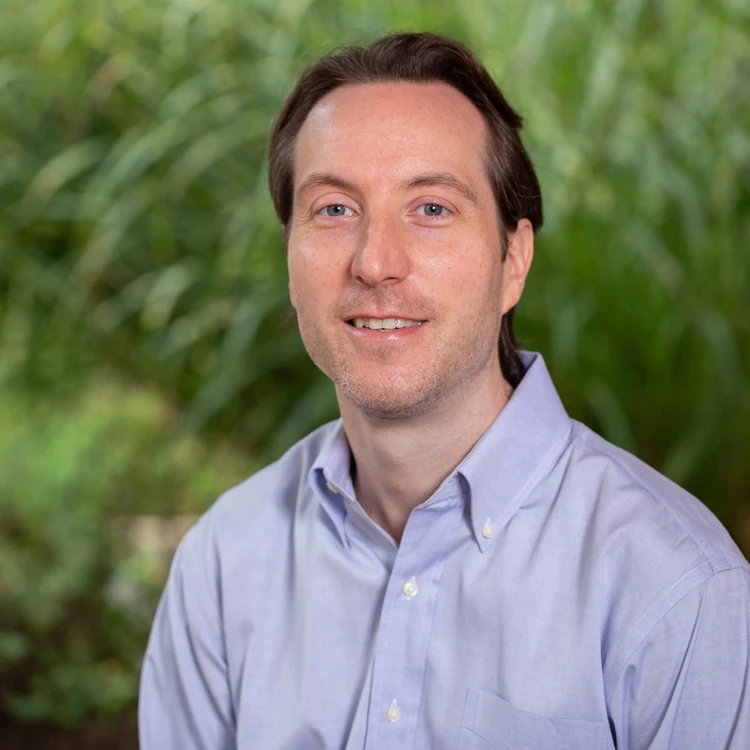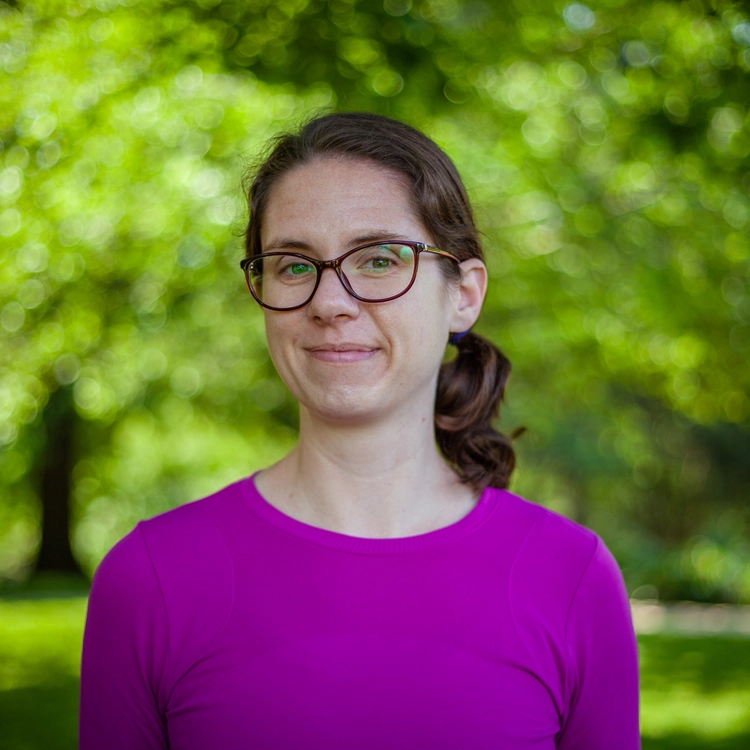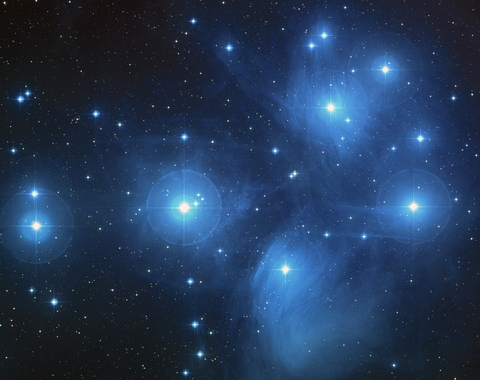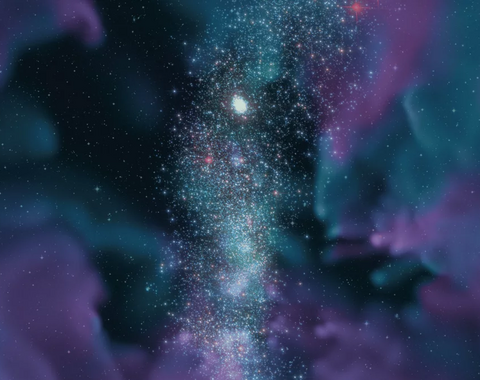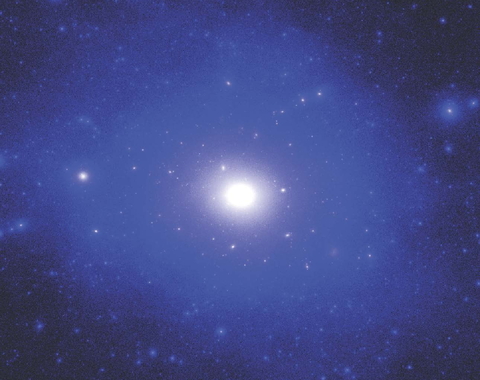"Star Stuff" to Planets
Our astronomers study the physics that shapes our universe and the synthesis of raw materials that make life possible.
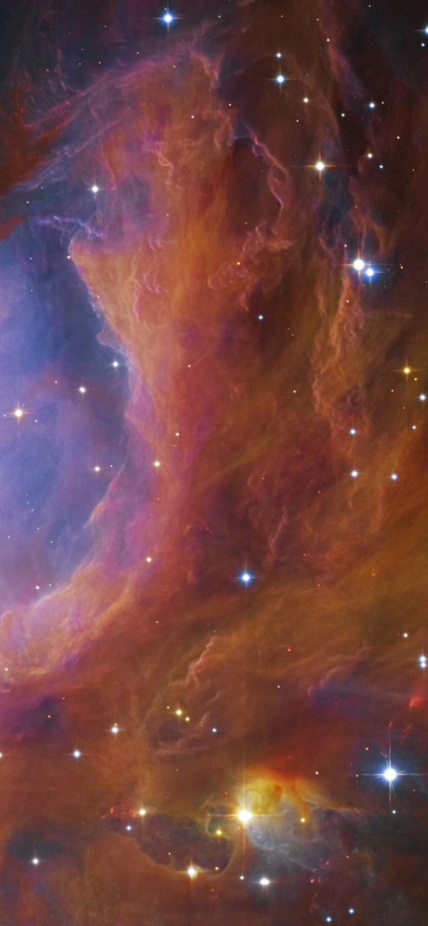

The First Generation of Stars & Galaxies
Carnegie Astronomers are using advanced telescopes like the JWST to pursue answers about star formation in ancient galaxies. Plus, new instruments under development for the twin Magellan telescopes at Las Campanas Observatory will enable breakthrough work on the universe’s first structures and the rapid galaxy growth that occurred more than 10 billion years ago.

The Evolution of Stars & Galaxies
Carnegie astronomer Vera Rubin provided the first observational evidence for the existence of dark matter—reshaping modern astrophysics. This mysterious material makes up more than 80 percent of the universe’s mass and is believed to play a critical role in the evolution of galactic structures. Now, Carnegie researchers are using our own Milky Way as a laboratory to probe and uncover the elusive nature of dark matter.
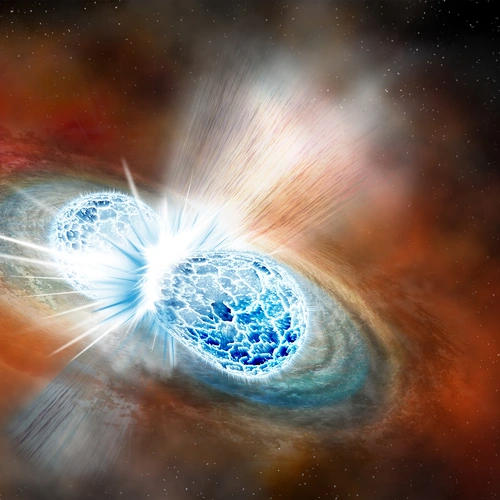
Element Synthesis - Cosmic Building Blocks
Stars and stellar explosions are responsible for creating and dispersing the rich diversity of elements that make life and ev erything we see around us possible. As Carl Sagan famously said, “we are made of star stuff.” The study of supernovae and other so-called transient events is key to understanding the raw materials from which planets are formed and evolved.
Our Strategic Scientific Framework
Our Blueprint For Discovery—connecting universal building blocks to planet formation and the evolution of life—taps into Carnegie’s tremendous potential for transformative discoveries that will unlock the secrets of the cosmos.
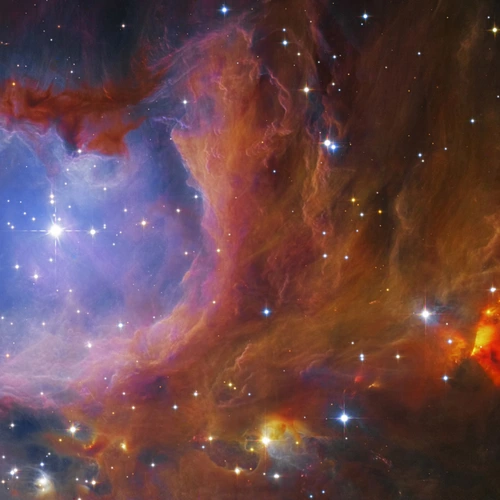
The chemical makeup of a star can influence the composition of its planets.
Astrobiology is the study of how life emerged on Earth and how to search for it elsewhere in the universe.
Biological processes, like photosynthesis, produce chemical fingerprints that can be seen from space.
Related Divisions
Drawing on more than a century of science, our multidisciplinary department discovers exoplanets, creates new materials, illuminates Earth's inner workings, and seeks to better understand the universe that is our home.
Learn MoreFrom the revelation of the universe’s expansion to the discovery of dark energy, Carnegie Observatories researchers have transformed humankind’s understanding of the cosmos. The groundbreaking work continues today at our world-famous Las Campanas Observatory in Chile.
Learn More